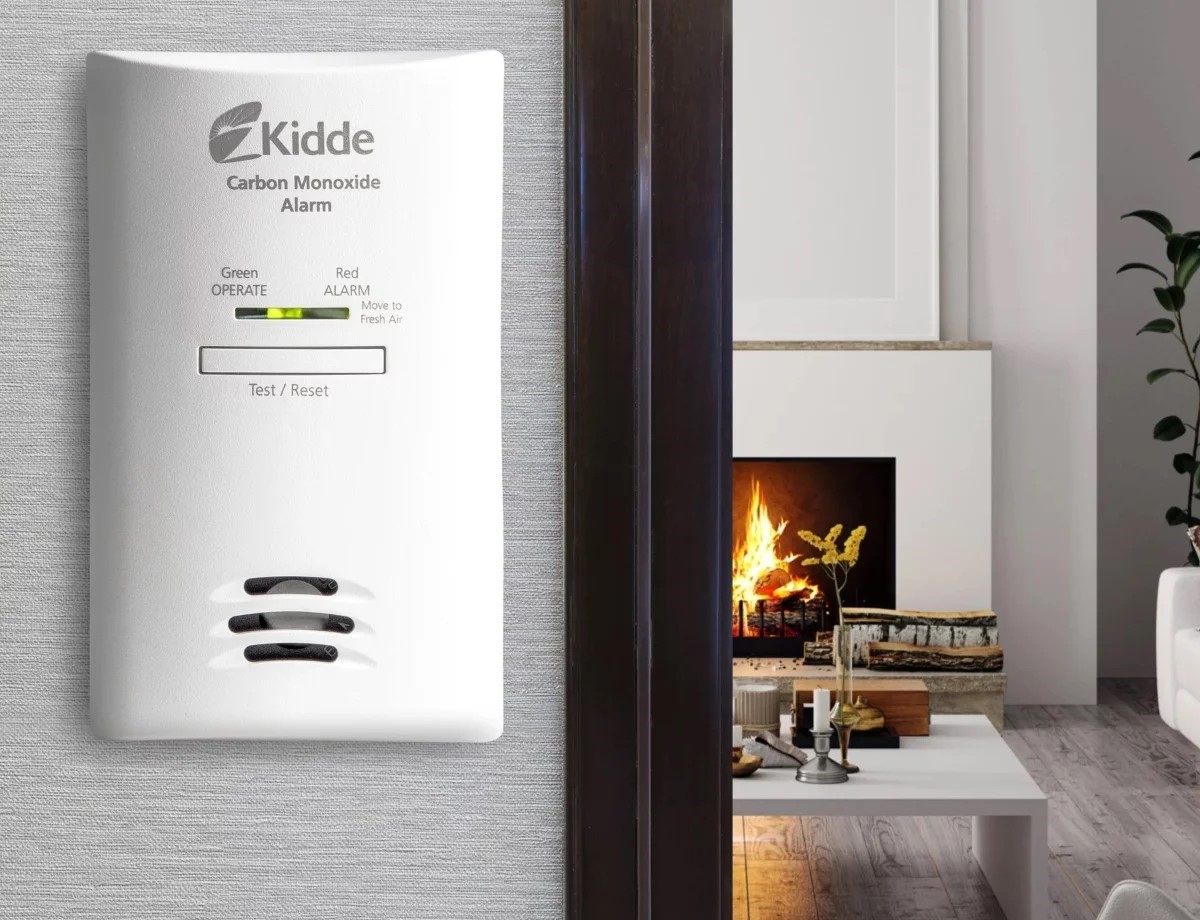

Articles
Why Does Carbon Monoxide Detector Beeps
Modified: August 22, 2024
Discover the reasons behind your carbon monoxide detector beeping and learn how to troubleshoot the issue with our informative articles.
(Many of the links in this article redirect to a specific reviewed product. Your purchase of these products through affiliate links helps to generate commission for Storables.com, at no extra cost. Learn more)
Introduction
Welcome to our comprehensive guide on why carbon monoxide detectors beep. Whether you own a home or rent an apartment, having a carbon monoxide detector is essential for the safety of you and your loved ones. Carbon monoxide is a colorless, odorless, and tasteless gas that can be extremely dangerous when inhaled. It is often referred to as the “silent killer” because it can cause poisoning without any early warning signs.
In this article, we will delve into the intricacies of carbon monoxide, explain the importance of having detectors installed in your home, and discuss the various reasons why carbon monoxide detectors beep. We will also provide troubleshooting tips to help you address the issue and ensure the optimal functioning of your detectors.
Understanding the characteristics and dangers of carbon monoxide is crucial for safeguarding your household and preventing potentially grave consequences. Let’s explore this topic further.
Key Takeaways:
- Regularly check and replace carbon monoxide detector batteries to prevent low battery beeping. Proper maintenance ensures optimal functionality and safeguards against the dangers of carbon monoxide poisoning.
- Respond promptly to carbon monoxide detector beeping by addressing low battery warnings, sensor malfunctions, and high carbon monoxide levels. Prioritize safety, follow troubleshooting steps, and seek professional assistance when needed.
Understanding Carbon Monoxide
Carbon monoxide (CO) is a toxic gas that is produced when fuels such as gas, oil, coal, and wood do not burn completely. It is commonly found in the fumes emitted by vehicles, generators, furnaces, and other fuel-burning appliances. When inhaled, carbon monoxide rapidly enters the bloodstream, binding with hemoglobin, the oxygen-carrying molecule in red blood cells. This binding prevents oxygen from being transported effectively throughout the body, leading to oxygen deprivation in vital organs and tissues.
Exposure to high levels of carbon monoxide can lead to severe health complications, ranging from dizziness, nausea, and headaches to confusion, loss of consciousness, and even death. Infants, elderly individuals, and people with pre-existing respiratory conditions are particularly vulnerable to carbon monoxide poisoning.
One of the most concerning aspects of carbon monoxide is its lack of detectable characteristics. It has no color, taste, or odor, making it impossible to detect without the use of specialized equipment, such as carbon monoxide detectors.
Therefore, having properly functioning carbon monoxide detectors is crucial for ensuring the safety of your household. These detectors are designed to sound an alarm when they detect a certain level of carbon monoxide in the air, providing an early warning sign to evacuate and seek fresh air immediately.
Now that we have a better understanding of carbon monoxide, let’s explore why carbon monoxide detectors beep and the significance of these alarms.
Importance of Carbon Monoxide Detectors
Carbon monoxide detectors play a vital role in protecting you and your family from the dangers of carbon monoxide poisoning. Here are a few reasons why these detectors are so important:
- Early Detection: Carbon monoxide detectors are designed to detect even small amounts of carbon monoxide in the air. They can alert you to the presence of this dangerous gas before it reaches harmful levels, giving you valuable time to evacuate and seek help.
- Prevention of Illness and Death: Carbon monoxide poisoning can lead to serious health issues, including brain damage and death. By installing carbon monoxide detectors, you can reduce the risk of illness and save lives.
- Peace of Mind: Knowing that you have carbon monoxide detectors installed in your home can provide peace of mind, especially when it comes to the safety of your loved ones. You can rest assured that you have taken necessary measures to protect against this invisible threat.
- Compliance with Regulations: In many regions, it is mandatory to have carbon monoxide detectors installed in residential properties. Compliance with these regulations not only keeps you and your family safe but also ensures legal compliance.
- Added Protection for Fuel-Burning Appliances: Carbon monoxide detectors not only protect against accidental leaks but also provide an extra layer of safety for fuel-burning appliances, such as furnaces, stoves, and water heaters. These detectors can warn you of potential malfunctions, allowing you to take prompt action.
Ensuring the proper installation, regular maintenance, and testing of carbon monoxide detectors are essential for maximum effectiveness. Now that we understand the importance of these detectors, let’s explore the various reasons why carbon monoxide detectors may beep.
Reasons for Carbon Monoxide Detector Beeping
Carbon monoxide detectors are designed to alert you when they detect elevated levels of carbon monoxide in the air. When the detectors sense a potential threat, they emit a loud, distinctive beep to grab your attention and prompt immediate action. Here are some common reasons why carbon monoxide detectors may beep:
- Low Battery Warning: Many carbon monoxide detectors are equipped with a low battery warning feature. When the battery level becomes low, the detector will emit a periodic beep to indicate that the battery needs to be replaced. It is crucial to address this warning promptly to ensure the continued functioning of the detector.
- Malfunctioning Sensor: Like any electronic device, carbon monoxide detectors can experience malfunctions. If the sensor inside the detector becomes faulty or damaged, it may trigger false alarms or fail to detect carbon monoxide accurately. In such cases, the detector may beep intermittently or continuously, indicating a problem with the sensor.
- High Levels of Carbon Monoxide: A carbon monoxide detector is designed to sound an alarm when it detects an unsafe level of carbon monoxide in the air. This can occur if there is a leak from a fuel-burning appliance or if there is inadequate ventilation in an enclosed space. If your carbon monoxide detector repeatedly beeps and indicates a high level of carbon monoxide, leave the area immediately and seek fresh air.
- End of Life Warning: Carbon monoxide detectors have a limited lifespan, typically ranging from 5 to 7 years. After this period, the sensors become less effective and may not provide accurate readings. To notify you that it is time to replace the detector, it may emit a specific pattern of beeps or display an end-of-life warning. It is crucial to replace the detector as instructed by the manufacturer to ensure continuous protection.
- False Alarms: Carbon monoxide detectors can sometimes trigger false alarms due to various factors such as dust, humidity, or other airborne contaminants. These false alarms may result in intermittent or continuous beeping. If you suspect a false alarm, carefully follow the instructions provided by the manufacturer to address the issue.
Understanding the reasons behind carbon monoxide detector beeping is essential for appropriate action and maintaining the safety of your household. Next, we will discuss troubleshooting tips to help you address the issue and ensure the optimal functioning of your carbon monoxide detector.
Low Battery Warning
A low battery warning in a carbon monoxide detector is an essential feature that helps ensure the continued operation of the device. When the battery level becomes low, the detector will emit a periodic beep to indicate that the battery needs to be replaced. Ignoring or neglecting a low battery warning can compromise the effectiveness of the detector, leaving you and your family vulnerable to the dangers of carbon monoxide.
Here are a few important points to understand and address a low battery warning:
- Importance of Regular Battery Checks: It is crucial to regularly check the battery level of your carbon monoxide detectors and replace them as needed. Most detectors use 9-volt or AA batteries, but check the manufacturer’s instructions for the specific battery type required. Set a reminder to check the batteries at least twice a year or when you change your clocks for daylight saving time.
- Replacing the Battery: When you hear a low battery warning, promptly replace the battery with a fresh one. Follow the manufacturer’s instructions on how to properly install the battery to ensure correct insertion and connection. Remember to use only new, high-quality batteries to maintain the optimal performance of the detector.
- Testing the Detector: After replacing the battery, it is important to test the detector to ensure it is functioning correctly. Press the test button, typically located on the faceplate of the detector, and listen for the alarm sound. If the alarm does not sound, check the battery connection and repeat the test. If the detector still fails to function properly, consult the manufacturer’s troubleshooting guide or contact customer support for assistance.
- Consider Battery Backup: In addition to regular battery replacement, consider using carbon monoxide detectors with battery backup options. These detectors are equipped with a rechargeable battery that can provide power in the event of a power outage. By having a backup power source, you can ensure that the detector remains operational even during extended power failures.
- Proper Disposal of Old Batteries: When replacing the battery, dispose of the old battery in accordance with local regulations. Many communities have recycling programs for batteries, so check with your local waste management or recycling center for instructions on proper disposal.
Addressing a low battery warning promptly is essential for the continued functionality of your carbon monoxide detectors. By taking proactive measures to replace batteries and regularly test your detectors, you can maintain a high level of safety and protection in your home.
Malfunctioning Sensor
A malfunctioning sensor in a carbon monoxide detector can lead to false alarms or the device failing to detect dangerous levels of carbon monoxide accurately. The sensor is a crucial component that measures the concentration of carbon monoxide in the air, triggering the alarm when it detects elevated levels. If the sensor becomes faulty or damaged, it can result in erratic beeping patterns or a complete failure to detect carbon monoxide. Here are some important points to consider when dealing with a malfunctioning sensor:
- Identifying Potential Issues: If your carbon monoxide detector is consistently beeping or showing signs of inconsistent readings, it may indicate a malfunctioning sensor. Look for any visible damage to the detector, such as cracks, discoloration, or loose wiring. Additionally, consider environmental factors that may be affecting the sensor, such as excessive humidity or exposure to chemicals or solvents.
- Resetting the Detector: In some cases, a simple reset of the carbon monoxide detector may help resolve sensor-related issues. Start by removing the detector from the wall or ceiling mount and disconnecting the power source. Leave the detector disconnected for a few minutes, then reconnect the power source and remount the detector. This reset may clear any temporary issues and restore normal functionality.
- Testing the Detector: After resetting the detector, it is important to test it to ensure that the sensor is functioning correctly. Follow the manufacturer’s instructions for testing the detector and listen for the alarm sound. If the alarm does not sound during the test, or if you still experience erratic beeping or inaccurate readings, further troubleshooting or professional assistance may be required.
- Manufacturer’s Troubleshooting Guide: Consult the manufacturer’s troubleshooting guide or user manual for specific instructions and guidance on dealing with a malfunctioning sensor. The guide may provide step-by-step instructions on troubleshooting common issues and offer solutions to resolve the problem.
- Professional Inspection and Replacement: If you have attempted troubleshooting steps and the sensor continues to malfunction or the detector remains unreliable, it is advisable to seek professional assistance. Contact the manufacturer of the carbon monoxide detector or a qualified technician to inspect the device and determine if sensor replacement or further repairs are necessary.
Dealing with a malfunctioning sensor requires careful attention to ensure the proper functionality and reliability of your carbon monoxide detector. By addressing the issue promptly and seeking professional help when needed, you can maintain a high level of safety and protection against the dangers of carbon monoxide.
Replace the batteries in your carbon monoxide detector every 6 months to ensure it functions properly and to prevent false alarms.
High Levels of Carbon Monoxide
When a carbon monoxide detector detects an unsafe level of carbon monoxide in the air, it will emit a loud and continuous alarm to alert you of the potential danger. This could occur if there is a leak from a fuel-burning appliance, inadequate ventilation, or any other situation that results in the accumulation of carbon monoxide. Here are some important points to understand about high levels of carbon monoxide and how to respond:
- Recognizing the Alarm: When a carbon monoxide detector indicates a high level of carbon monoxide, it is crucial to take immediate action. The alarm may sound like a series of loud beeps or a continuous siren, depending on the detector model.
- Evacuate the Area: If the carbon monoxide alarm sounds, evacuate the premises immediately. Gather all household members and head outside to a safe location away from the affected area. Remember, carbon monoxide is a silent and invisible threat, so it is better to err on the side of caution and prioritize your safety.
- Open Windows and Doors: If it is safe to do so while evacuating or after leaving the premises, open windows and doors to increase ventilation. This can help dissipate the carbon monoxide and reduce the concentration in the air. However, do not re-enter the premises yourself to open windows or doors if the alarm is still sounding.
- Contact Emergency Services: Once you are in a safe location, contact emergency services, such as the fire department, and inform them about the situation. State that your carbon monoxide detector is indicating high levels of carbon monoxide. They will be able to assess the situation, confirm the presence of carbon monoxide, and provide the necessary assistance.
- Do Not Re-enter Premises: Do not re-enter the premises until emergency services have deemed it safe to do so. Wait for professionals to assess the situation, address the source of carbon monoxide, and ensure that the air quality is safe before returning to the affected area.
Responding promptly to a carbon monoxide alarm indicating high levels of carbon monoxide is vital for your safety and the safety of those around you. Remember, it is crucial to have a plan in place and practice regular drills to ensure everyone is aware of the proper actions to take in an emergency situation.
End of Life Warning
Carbon monoxide detectors have a limited lifespan, typically ranging from 5 to 7 years. After this period, the sensors inside the detector become less effective, and the device may no longer provide accurate readings of carbon monoxide levels. To ensure continued safety, carbon monoxide detectors are equipped with an end-of-life warning feature that alerts you when it is time to replace the device. Here are some important points to consider regarding the end-of-life warning:
- Recognizing the Warning: When a carbon monoxide detector reaches the end of its lifespan, it will emit a specific pattern of beeps or display an end-of-life warning message. The exact warning signals may vary based on the manufacturer and model of the detector. Consult the user manual or manufacturer’s instructions to familiarize yourself with the specific end-of-life warning signals for your detector.
- Understanding the Implications: Ignoring or neglecting the end-of-life warning can compromise the effectiveness of the carbon monoxide detector, as the sensors may no longer accurately detect carbon monoxide. It is important to take this warning seriously and replace the device with a new one as soon as possible.
- Replacing the Detector: When you receive an end-of-life warning, promptly purchase and install a new carbon monoxide detector. Follow the manufacturer’s instructions for installation, which typically involves mounting the detector on a wall at a recommended height and testing it to ensure proper functionality. Remember to check the expiration date on the new detector to ensure it has a fresh and extended lifespan.
- Dispose of the Old Detector: Properly dispose of the old carbon monoxide detector in accordance with local regulations. Many communities have recycling programs for electronic devices, including detectors. Check with your local waste management or recycling center for instructions on how to safely dispose of the old detector.
- Regular Maintenance and Testing: Along with replacing the detector at the end of its lifespan, it is important to continue regular maintenance and testing of your new carbon monoxide detector. Check the user manual for guidelines on cleaning, testing, and replacing batteries. Additionally, conduct regular tests to ensure that the device is functioning correctly and able to detect carbon monoxide effectively.
Responding to the end-of-life warning of a carbon monoxide detector ensures the continued safety and protection of your household. By following the manufacturer’s instructions and promptly replacing the device, you can maintain a high level of safety against the potential dangers of carbon monoxide.
False Alarms
False alarms from carbon monoxide detectors can be unsettling and may cause unnecessary panic or anxiety. False alarms occur when a carbon monoxide detector sounds an alarm or beeps without the presence of elevated levels of carbon monoxide in the air. While false alarms can be frustrating, it is important to understand the common causes and how to address them. Here are some important points to consider regarding false alarms:
- Dust and Contaminants: Dust, dirt, or other airborne contaminants can interfere with the sensors of a carbon monoxide detector and trigger false alarms. Regularly clean the detector, following the manufacturer’s instructions, to remove any dust or debris that may accumulate on the vents or internal components.
- Humidity: High levels of humidity in the air can also cause false alarms in carbon monoxide detectors. If the detector is located in a particularly humid area, such as a bathroom or kitchen, it may be more prone to false alarms. Consider relocating the detector to a less humid area or use a dehumidifier to reduce humidity levels.
- Chemicals and Solvents: Some chemicals and solvents can interfere with the sensor of a carbon monoxide detector and trigger false alarms. Avoid placing the detector near areas where chemicals or solvents are used or stored, such as a garage or workshop. If false alarms persist, consider relocating the detector to a different area.
- Low Battery: A low battery can sometimes cause false alarms or intermittent beeping. Ensure that the battery is properly installed and has enough power. Regularly replace the batteries according to the manufacturer’s instructions to prevent false alarms due to low battery voltage.
- Malfunctioning Detector: In rare cases, a carbon monoxide detector may experience malfunctions that result in false alarms. If you have followed all the troubleshooting steps, cleaned the detector, and replaced the batteries, but the false alarms persist, contact the manufacturer for further assistance or consider replacing the detector.
If you experience a false alarm from your carbon monoxide detector, it is important to remain calm and take the necessary steps to verify the presence of carbon monoxide. Open nearby windows and doors for ventilation, ensure that fuel-burning appliances are properly ventilated and functioning correctly, and consider using additional carbon monoxide detectors or seeking professional inspection to validate the readings.
By addressing the common causes of false alarms and ensuring regular maintenance of your carbon monoxide detector, you can reduce the occurrence of false alarms and have peace of mind knowing that your detector is reliable in detecting actual carbon monoxide threats.
Troubleshooting Carbon Monoxide Detector Beeping
If your carbon monoxide detector is beeping, it is important to address the issue promptly to ensure the continued safety of your household. Beeping can indicate various problems, ranging from low battery warning to sensor malfunctions. Here are some troubleshooting steps to help identify and resolve the issue:
- Check for Low Battery: The most common reason for a carbon monoxide detector to beep is a low battery. Check the detector for any low battery warning indicators, such as a flashing light or a beeping pattern. Replace the battery immediately with a fresh one, following the manufacturer’s instructions for the correct battery type and installation.
- Clean the Detector: Dust, dirt, or other contaminants can interfere with the sensors and cause false alarms or beeping. Gently clean the detector with a soft, dry cloth and remove any debris or dust that may have accumulated on the vents or internal components. Make sure to follow the manufacturer’s cleaning instructions to avoid damaging the detector.
- Ensure Proper Placement: Carbon monoxide detectors should be installed in the correct location for optimal performance. Ensure that your detector is mounted on the wall or ceiling at the recommended height and away from any obstructions such as curtains or furniture. Placing the detector too close to fuel-burning appliances or in areas with high humidity or chemicals can also cause false alarms or beeping.
- Test the Detector: Test the carbon monoxide detector to ensure that it is functioning correctly. Press and hold the test button on the front of the detector, and listen for the alarm sound. If the detector does not produce a loud, clear alarm or if the beeping continues, further troubleshooting or professional assistance may be required.
- Check for Sensor Malfunctions: If you have followed the troubleshooting steps mentioned above and the detector continues to beep, it could indicate a sensor malfunction. Consult the manufacturer’s instructions for specific troubleshooting steps or contact their customer support for assistance. They may provide further guidance or recommend replacing the detector if necessary.
Remember to refer to the manufacturer’s instructions throughout the troubleshooting process, as each carbon monoxide detector may have specific requirements and troubleshooting steps. Regularly test and maintain your carbon monoxide detector to ensure that it is in optimal working condition and capable of detecting carbon monoxide accurately.
If you are unable to resolve the beeping issue or have concerns about the safety of your household, it is always advisable to seek professional assistance from the manufacturer, a qualified technician, or local authorities.
Conclusion
Carbon monoxide detectors are crucial devices for protecting your home and loved ones from the dangers of carbon monoxide poisoning. Understanding why carbon monoxide detectors beep and knowing how to troubleshoot common issues is essential for maintaining their effectiveness and ensuring the safety of your household.
In this comprehensive guide, we explored various aspects related to carbon monoxide detectors, including the importance of having them installed, the reasons why they beep, and how to address common problems. We discussed the significance of understanding carbon monoxide and its characteristics, as well as the importance of having properly functioning detectors in your home.
We covered the reasons for carbon monoxide detector beeping, such as low battery warnings, malfunctioning sensors, high levels of carbon monoxide, end-of-life warnings, and false alarms. We also provided troubleshooting tips on how to address these issues, emphasizing the importance of regular maintenance, testing, and proper installation of carbon monoxide detectors.
Remember, it is crucial to stay vigilant when it comes to carbon monoxide safety. Regularly check and replace batteries, clean detectors to remove any dust or debris, and test them to ensure their proper functioning. Follow the manufacturer’s instructions for installation and refer to their troubleshooting guides when necessary.
By being proactive and knowledgeable about carbon monoxide detectors, you can create a safer living environment for you and your loved ones. The beeping of a carbon monoxide detector should never be ignored. Make sure to respond promptly, take necessary precautions, and seek professional assistance when needed.
Always prioritize your safety. Carbon monoxide is a serious threat, but with the right precautions and a well-maintained carbon monoxide detector, you can greatly reduce the risk of carbon monoxide poisoning and enjoy peace of mind in your home.
Frequently Asked Questions about Why Does Carbon Monoxide Detector Beeps
Was this page helpful?
At Storables.com, we guarantee accurate and reliable information. Our content, validated by Expert Board Contributors, is crafted following stringent Editorial Policies. We're committed to providing you with well-researched, expert-backed insights for all your informational needs.
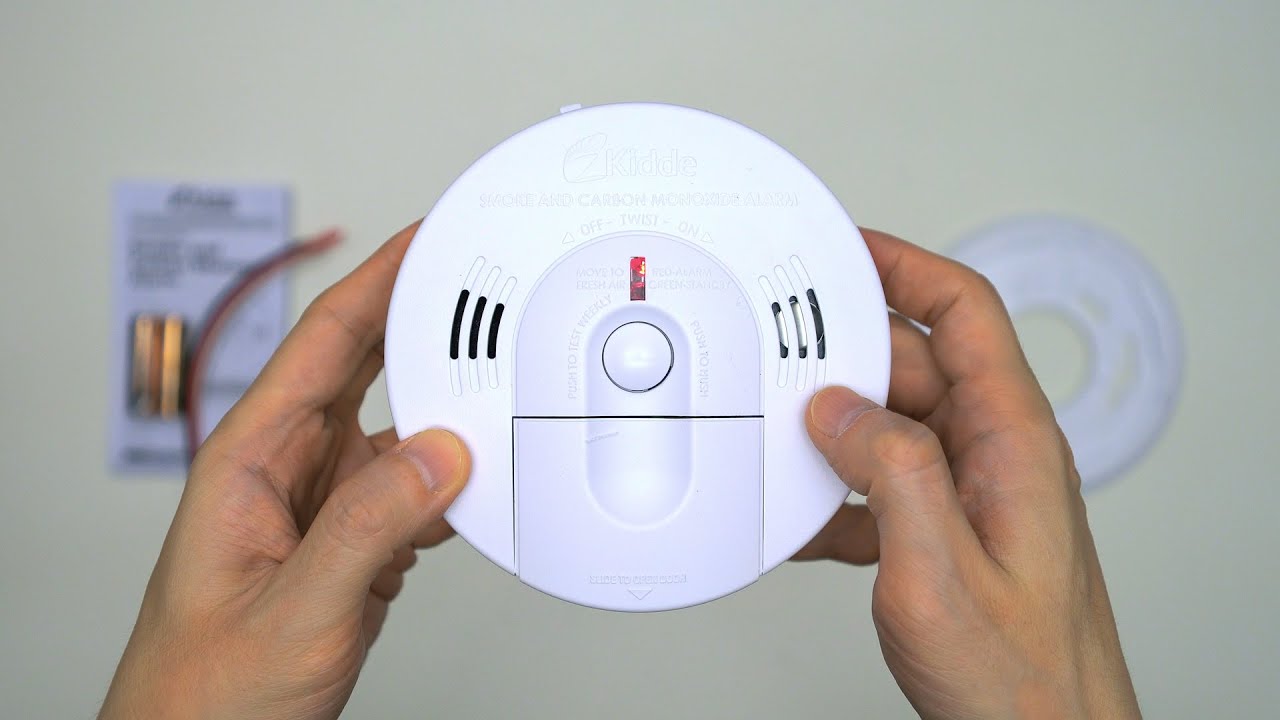
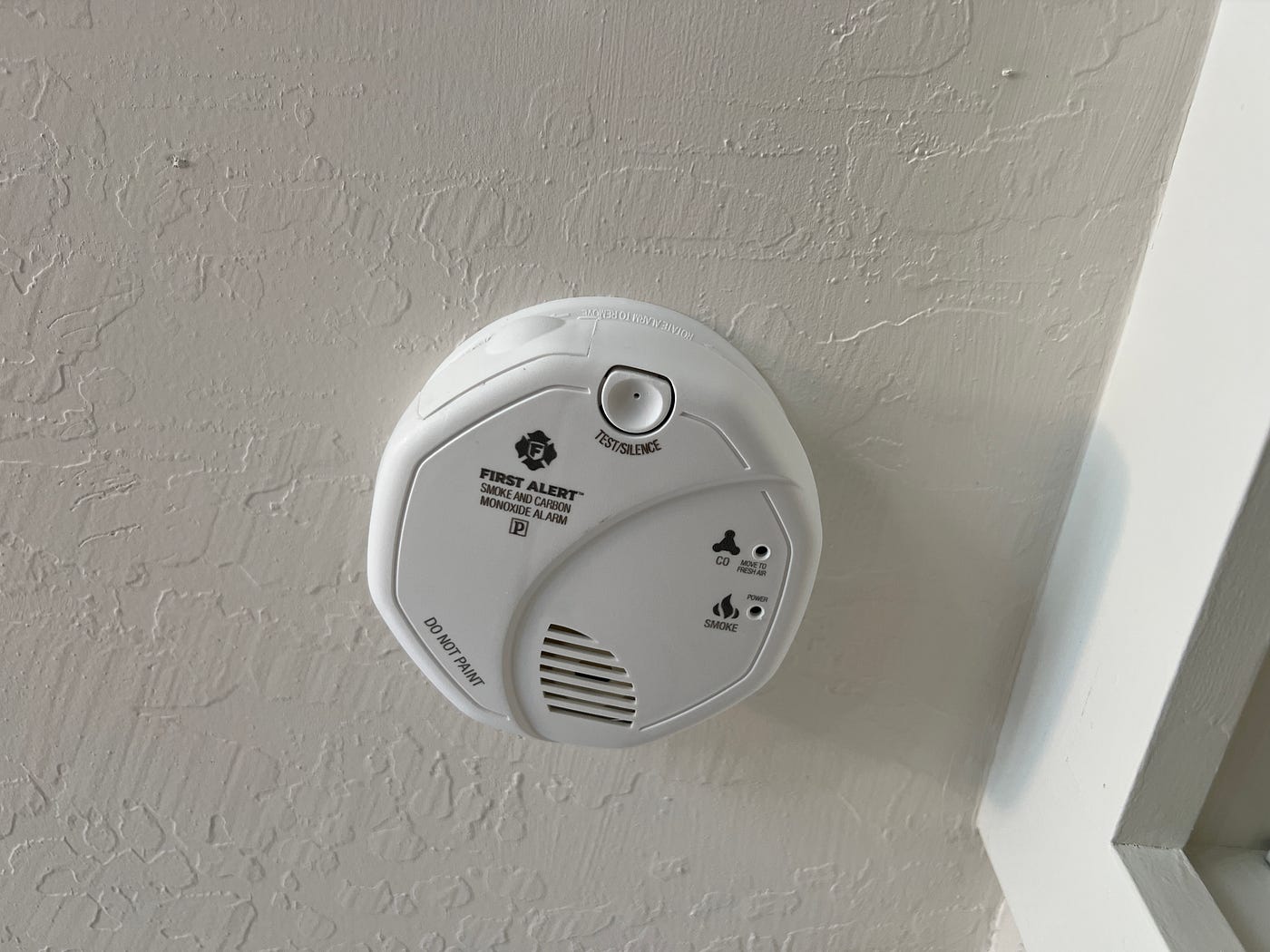
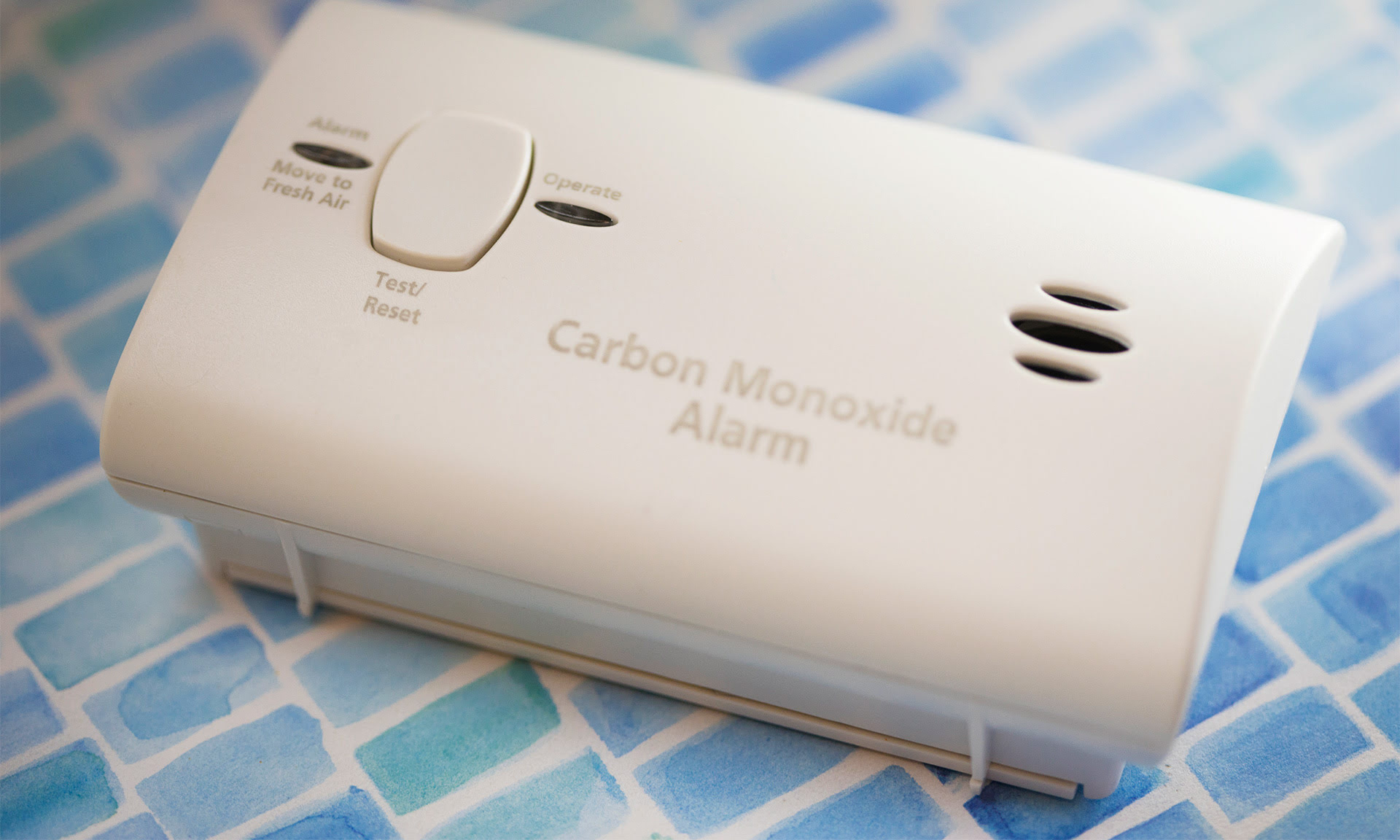
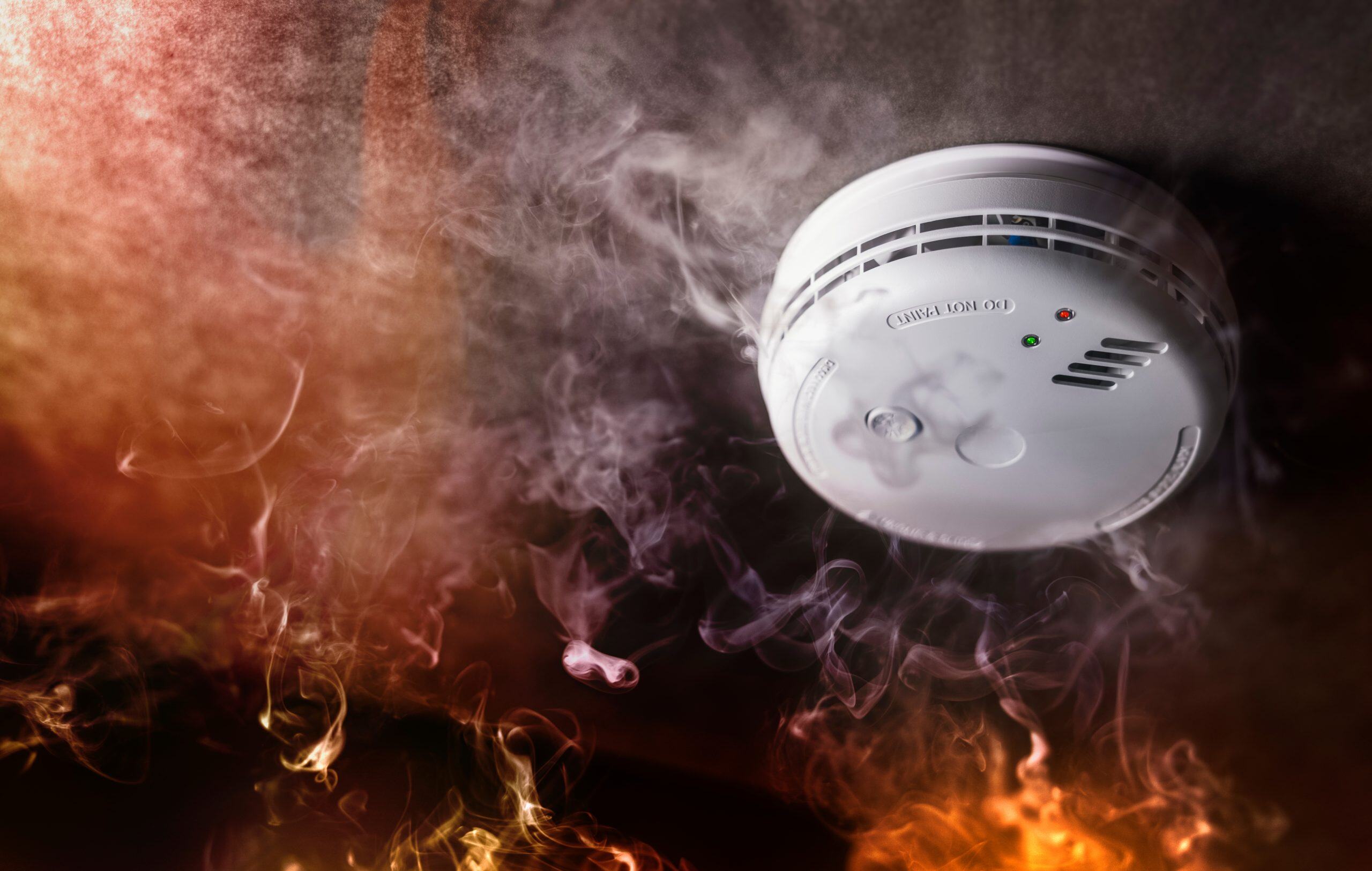
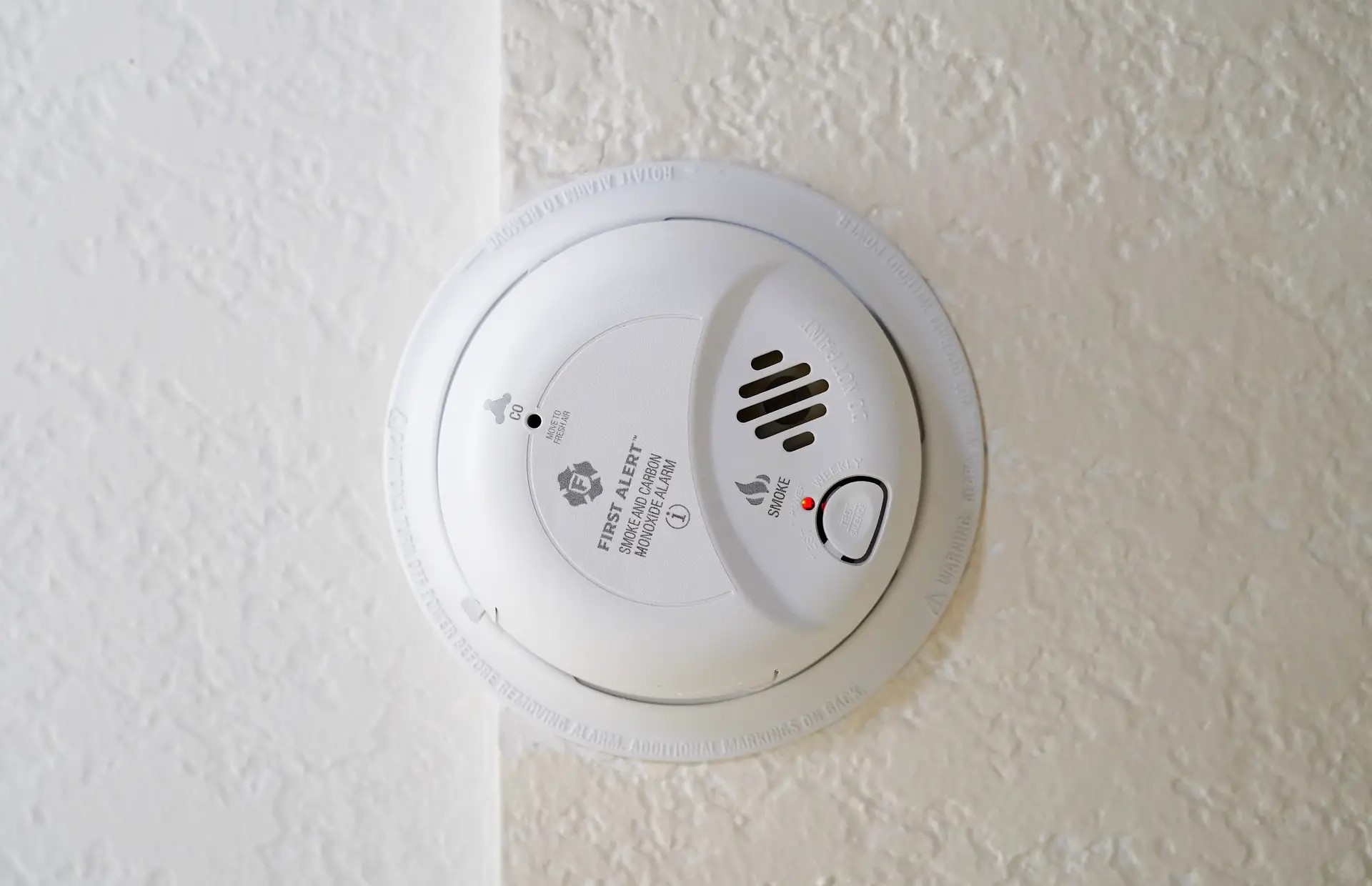
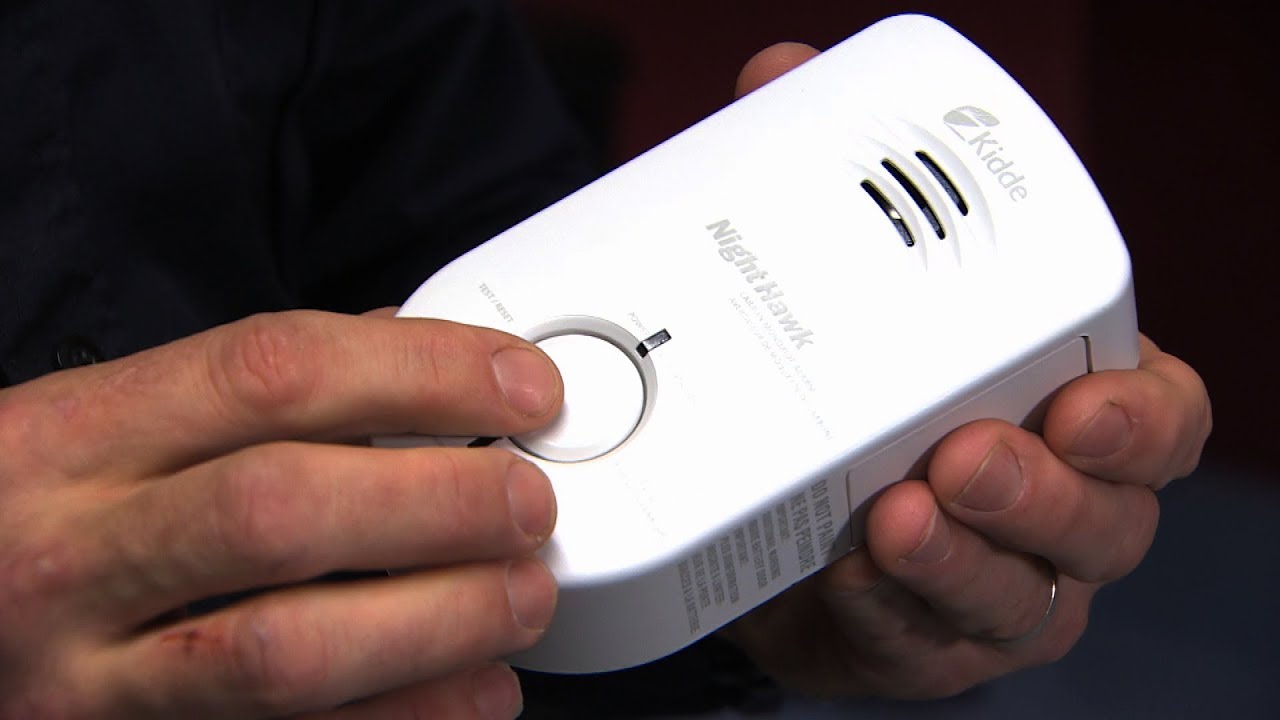
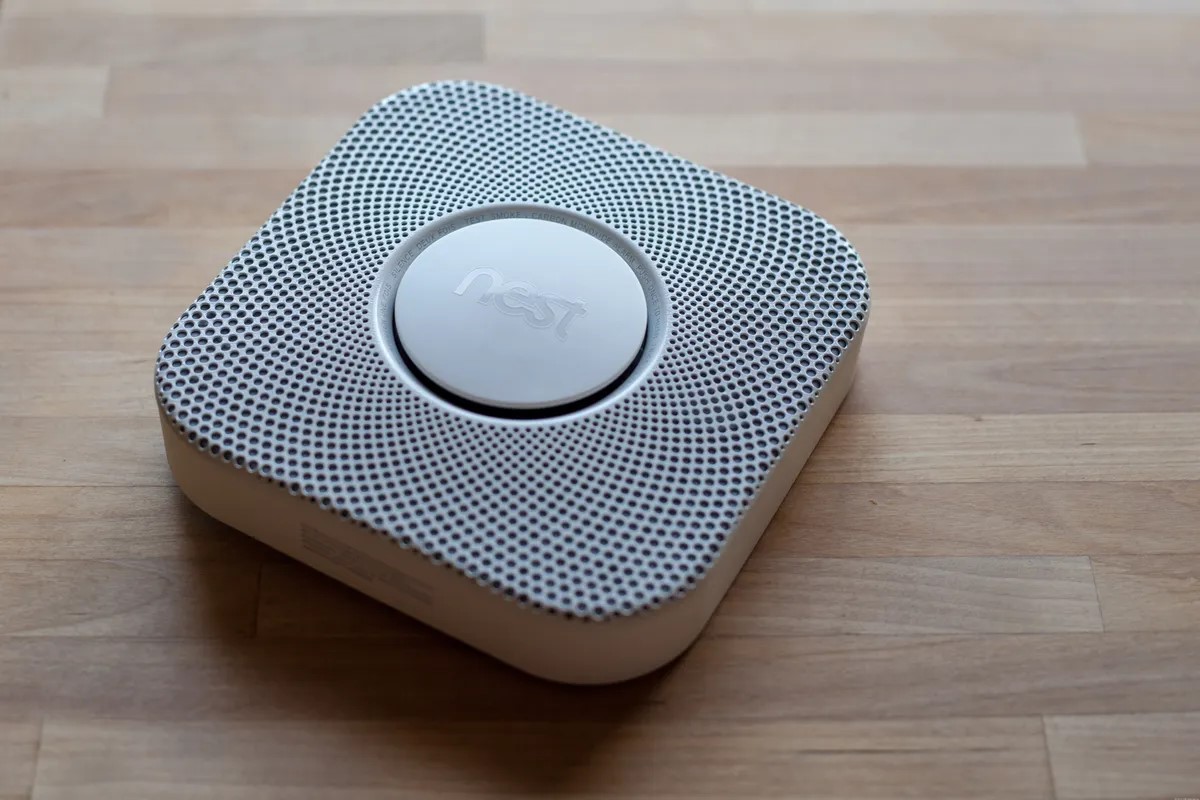
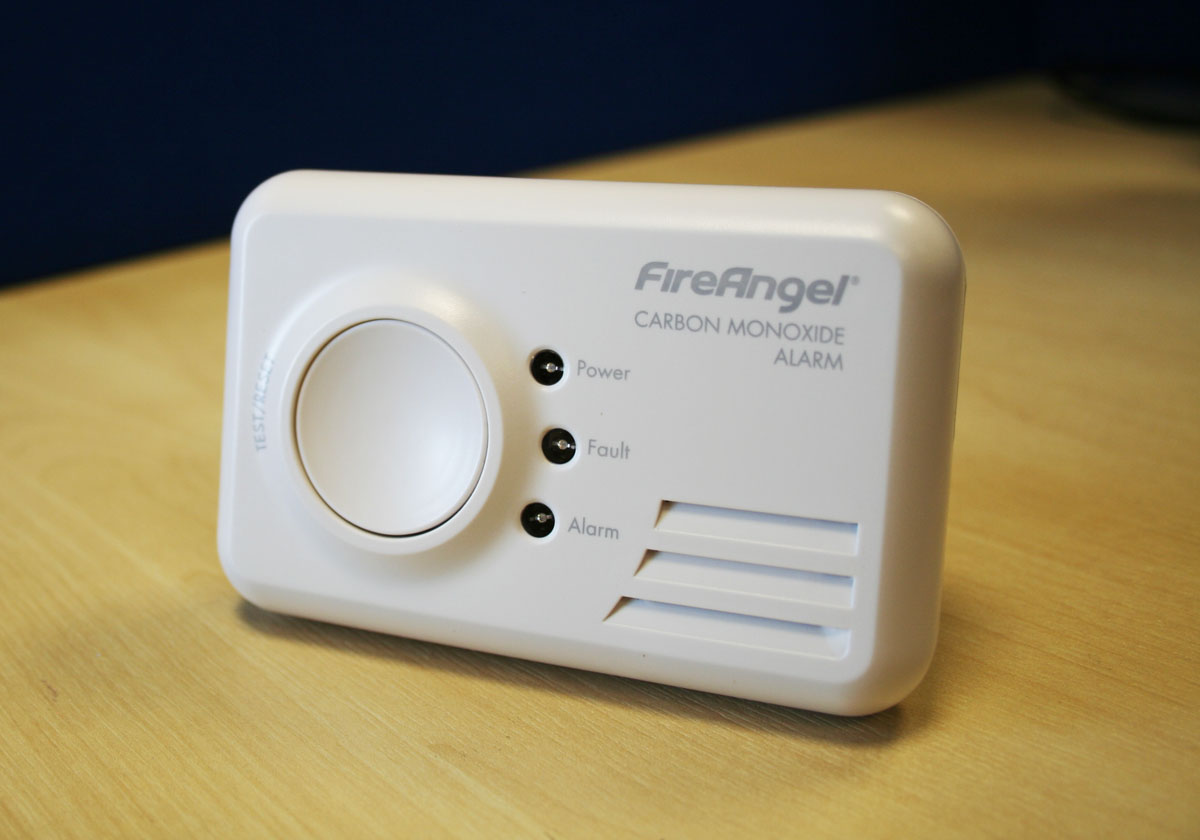
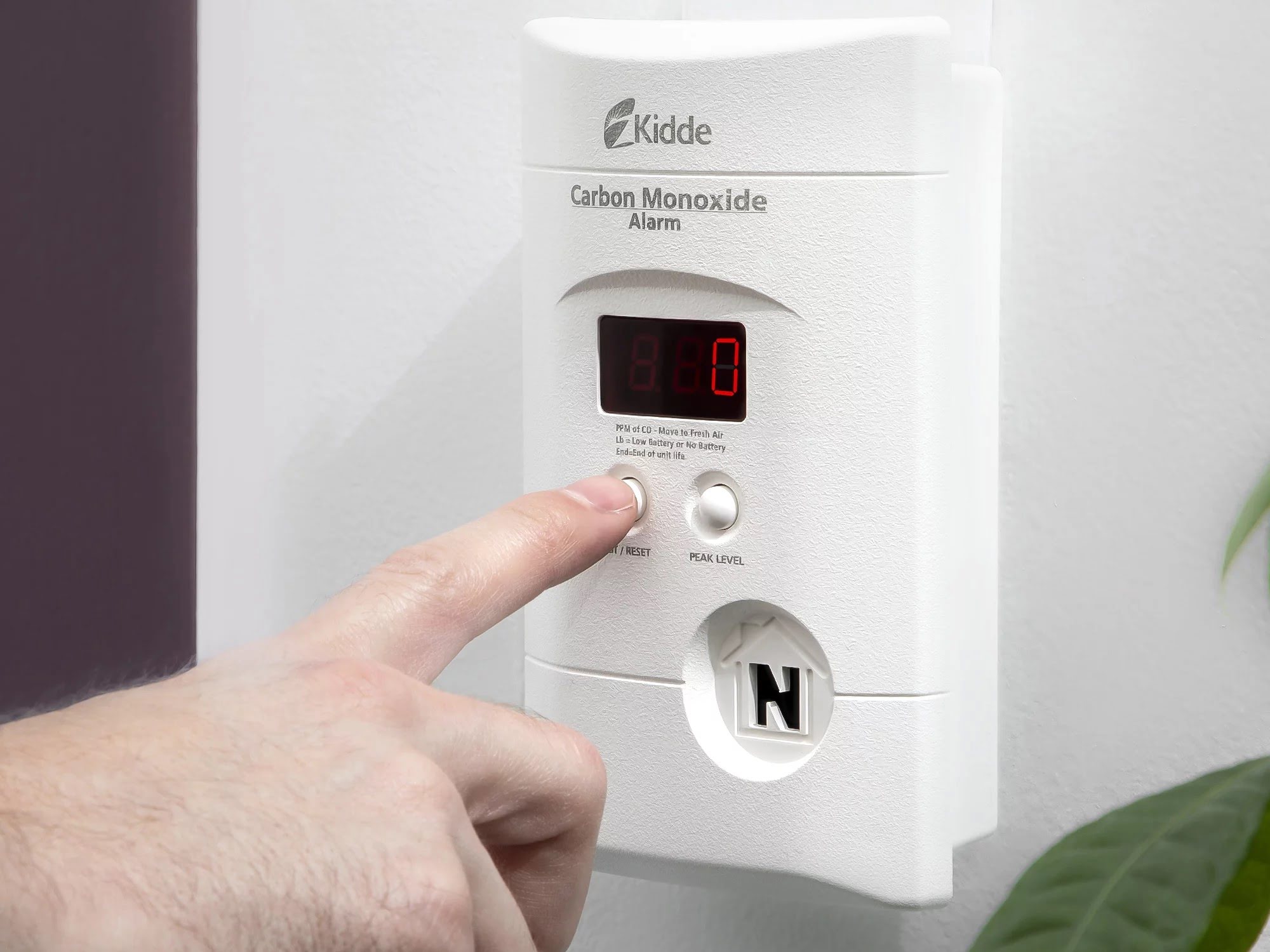
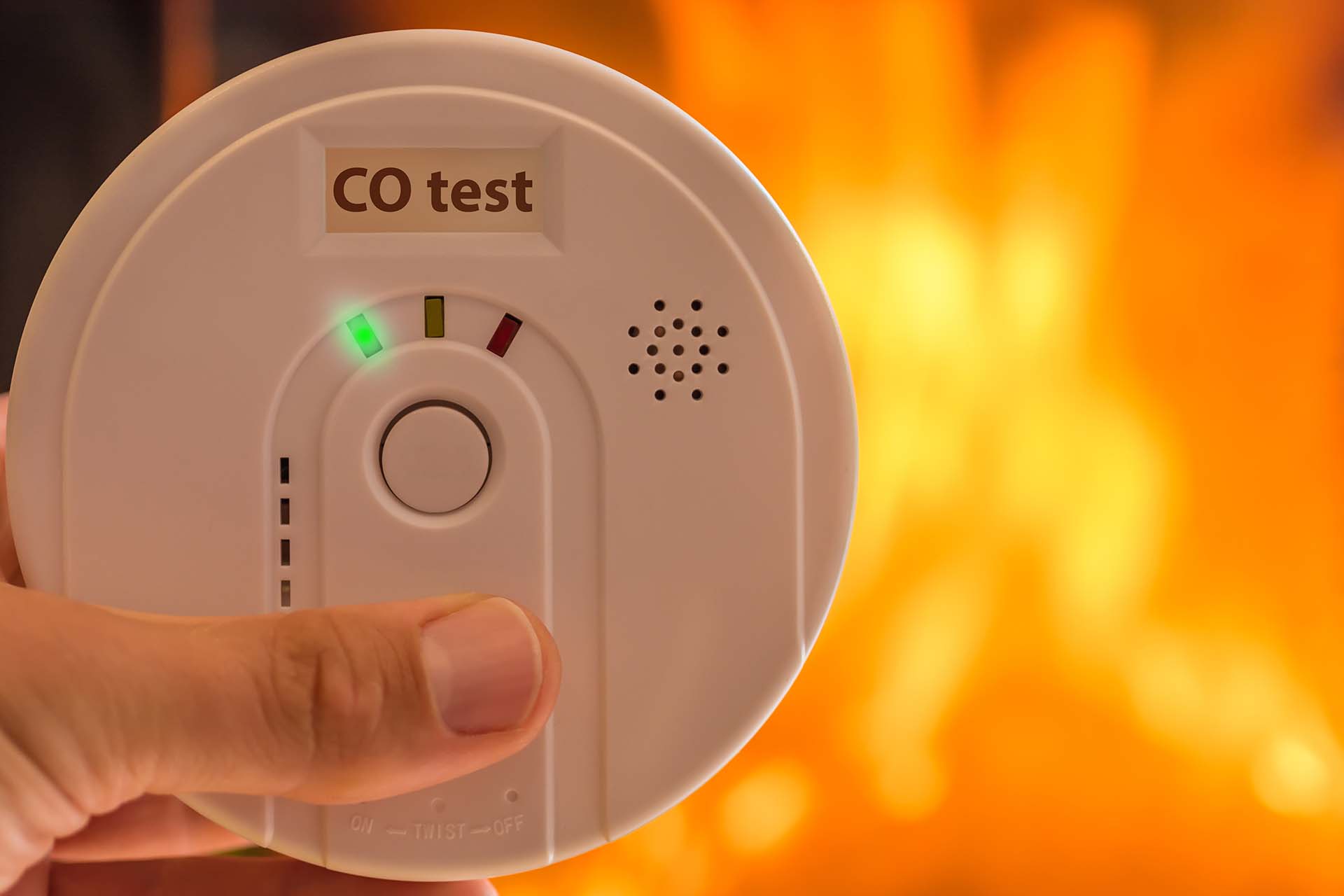
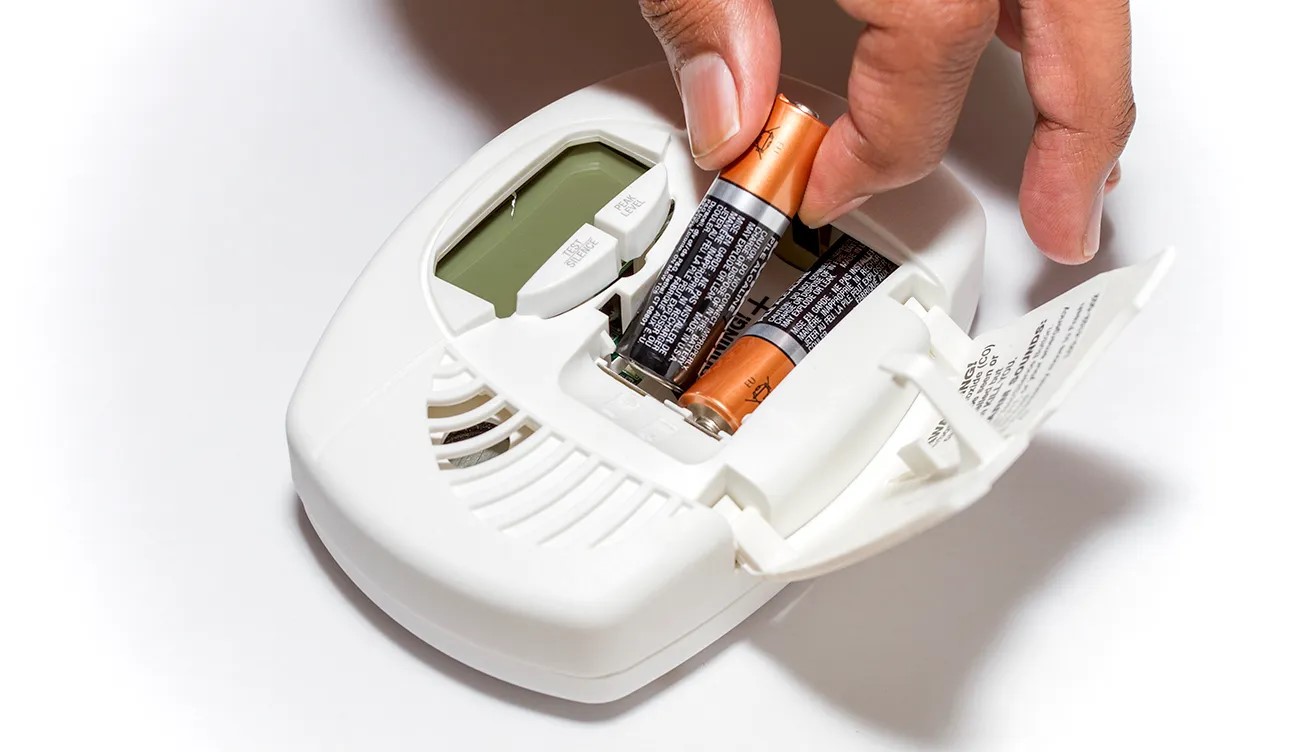
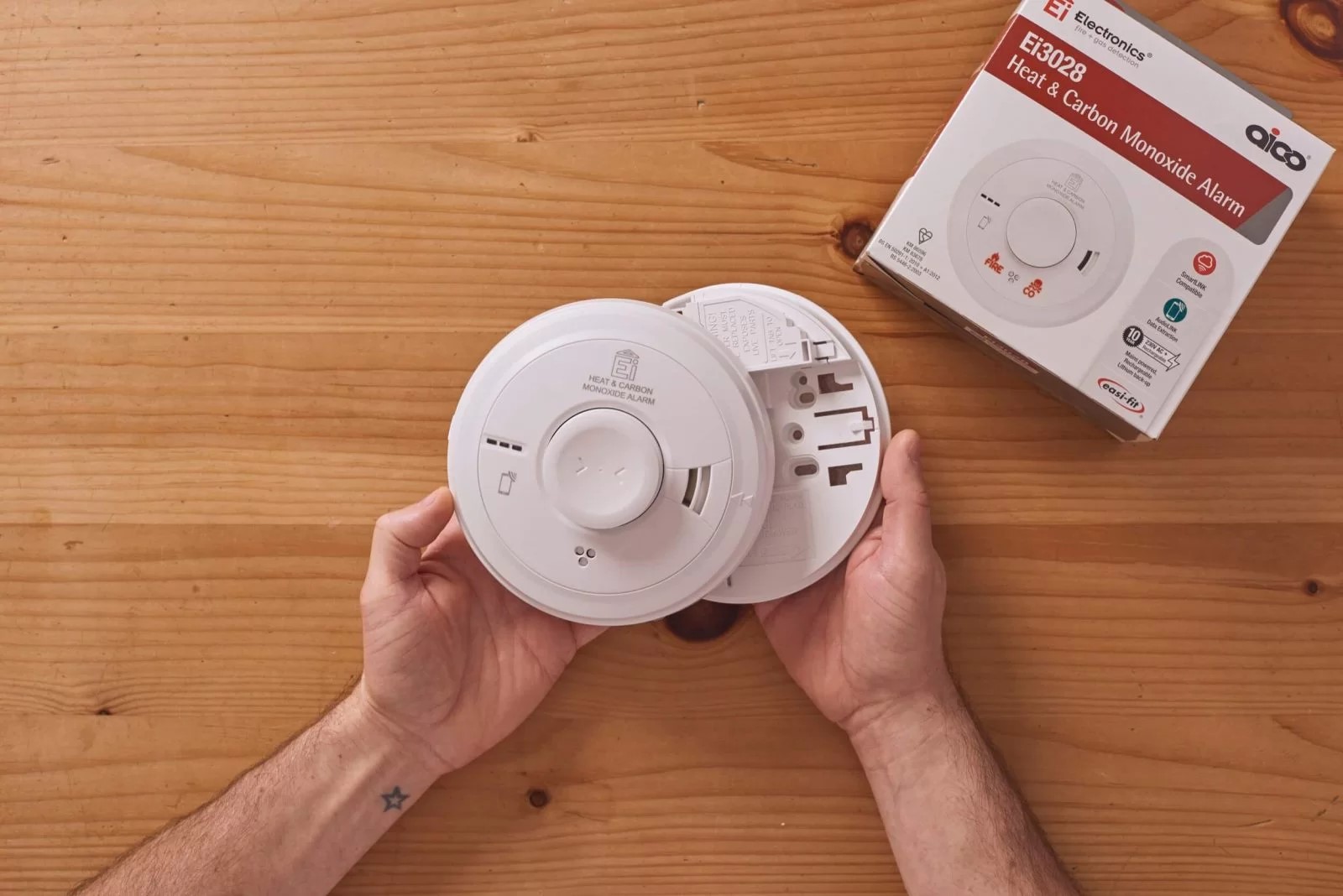
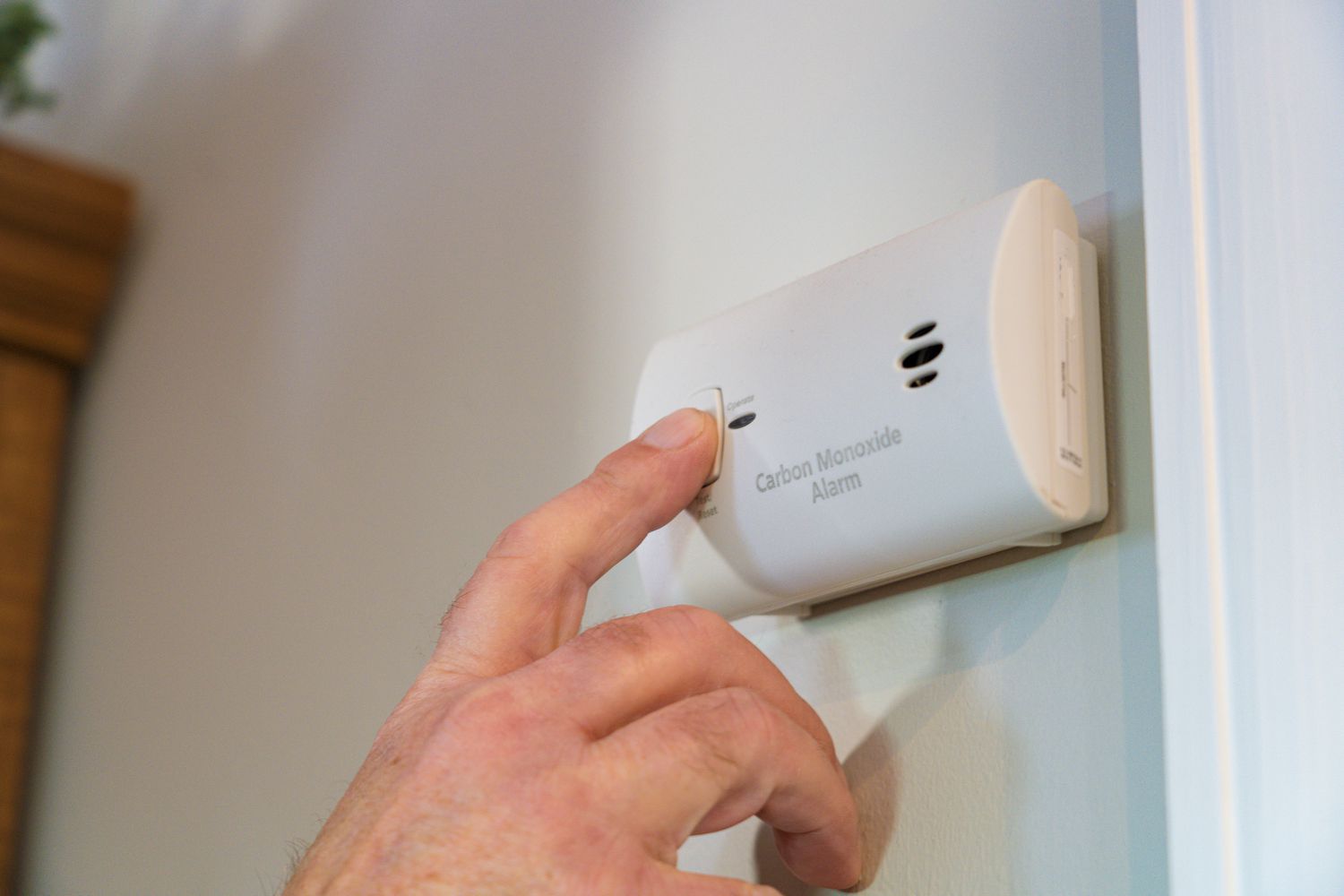

0 thoughts on “Why Does Carbon Monoxide Detector Beeps”